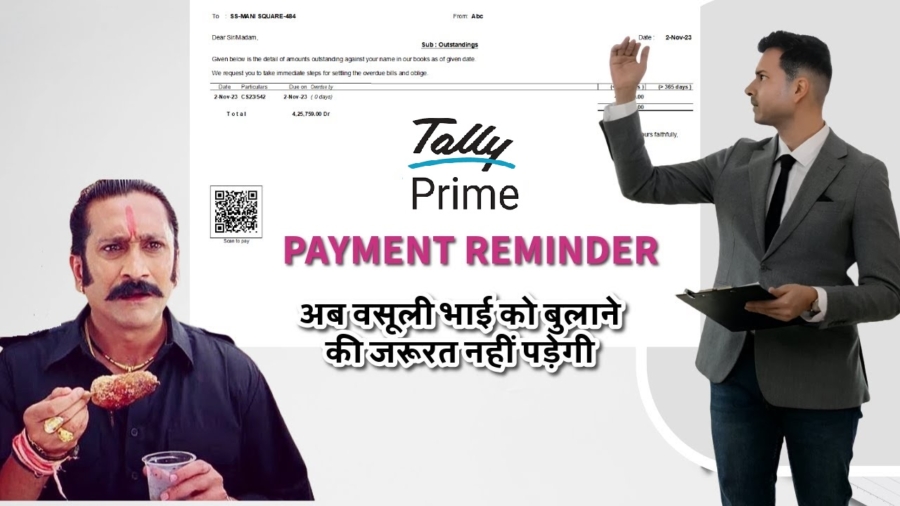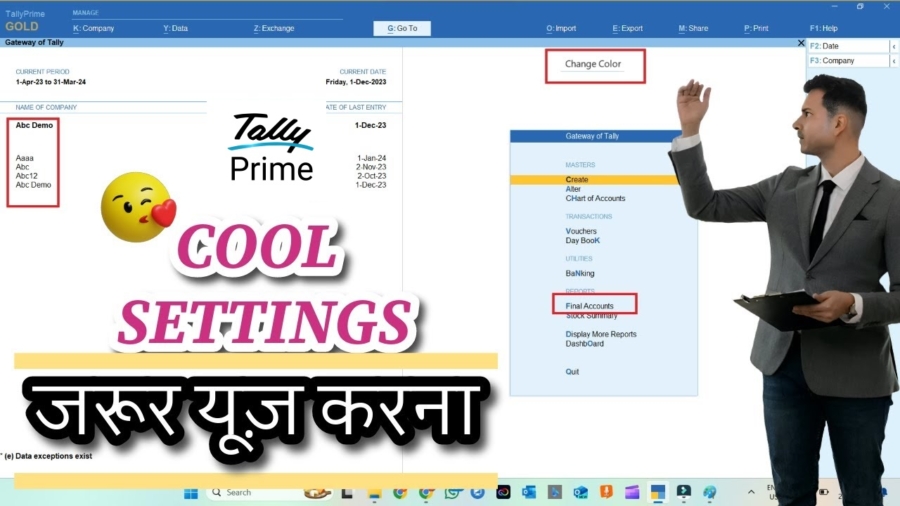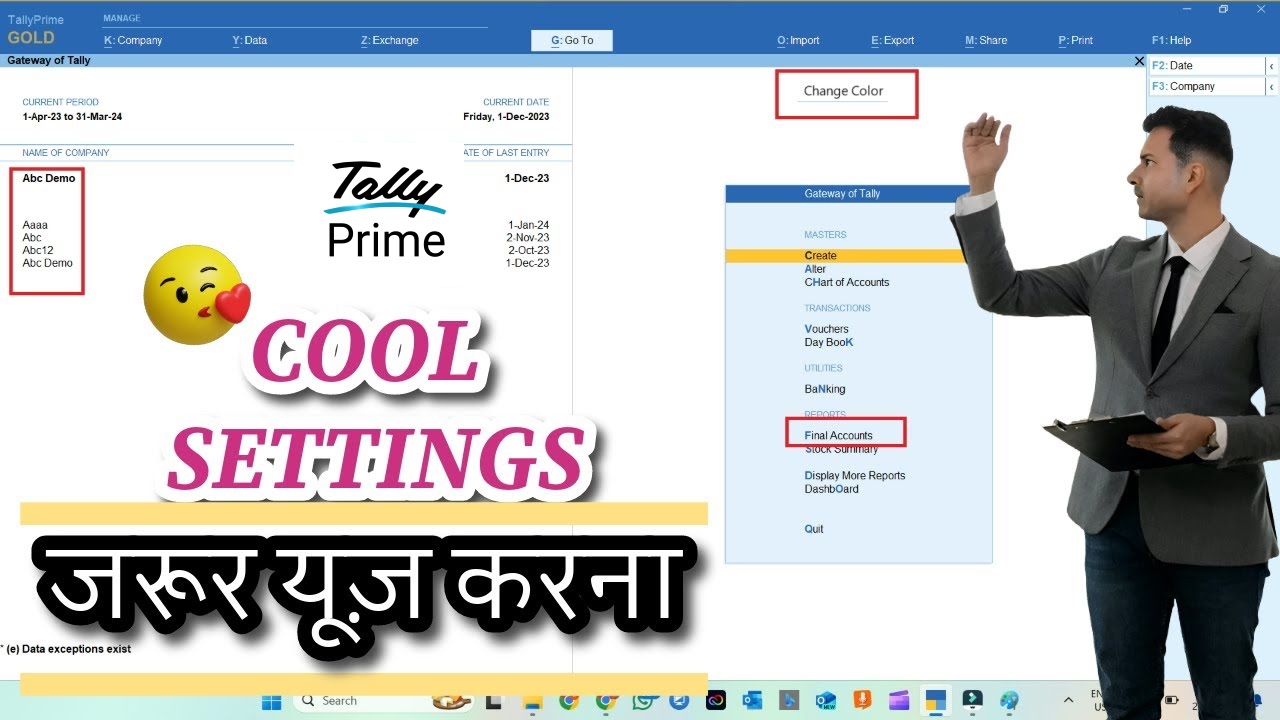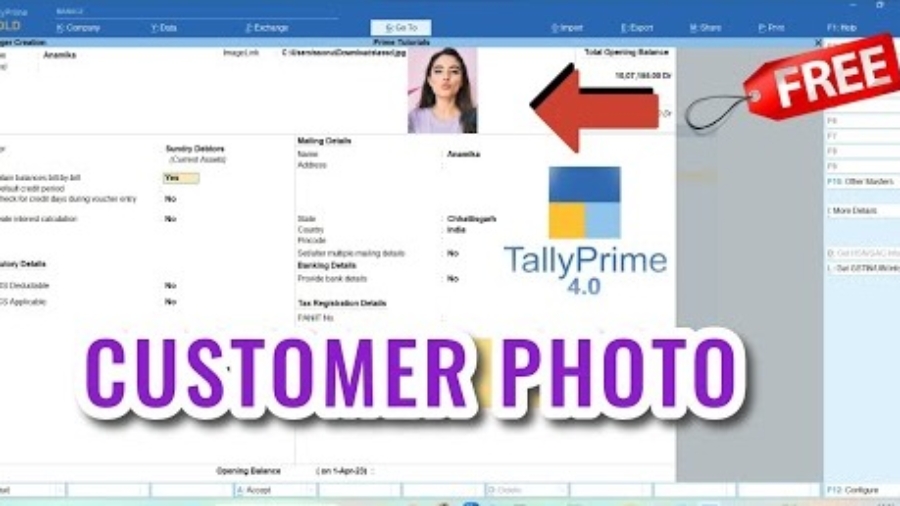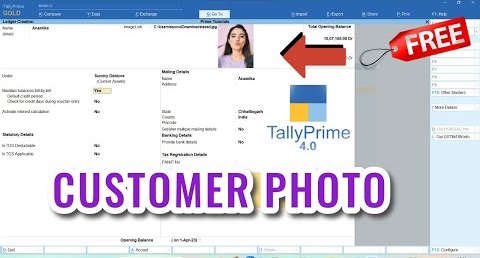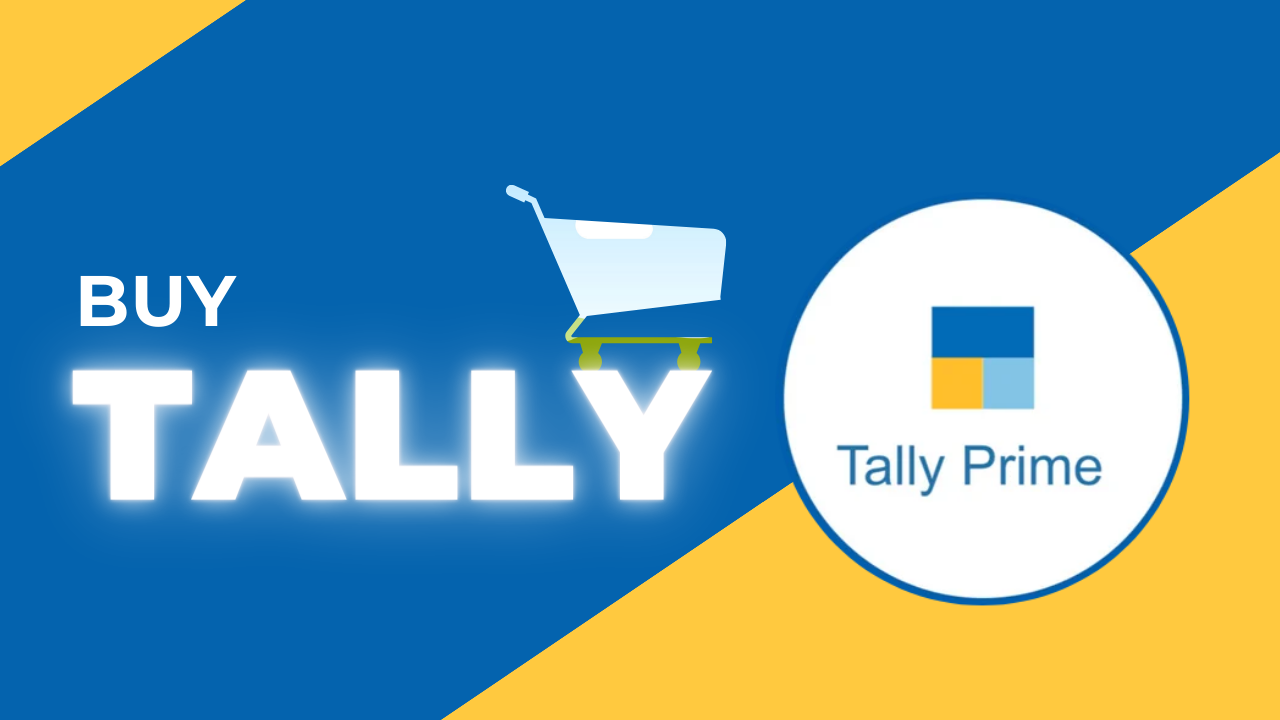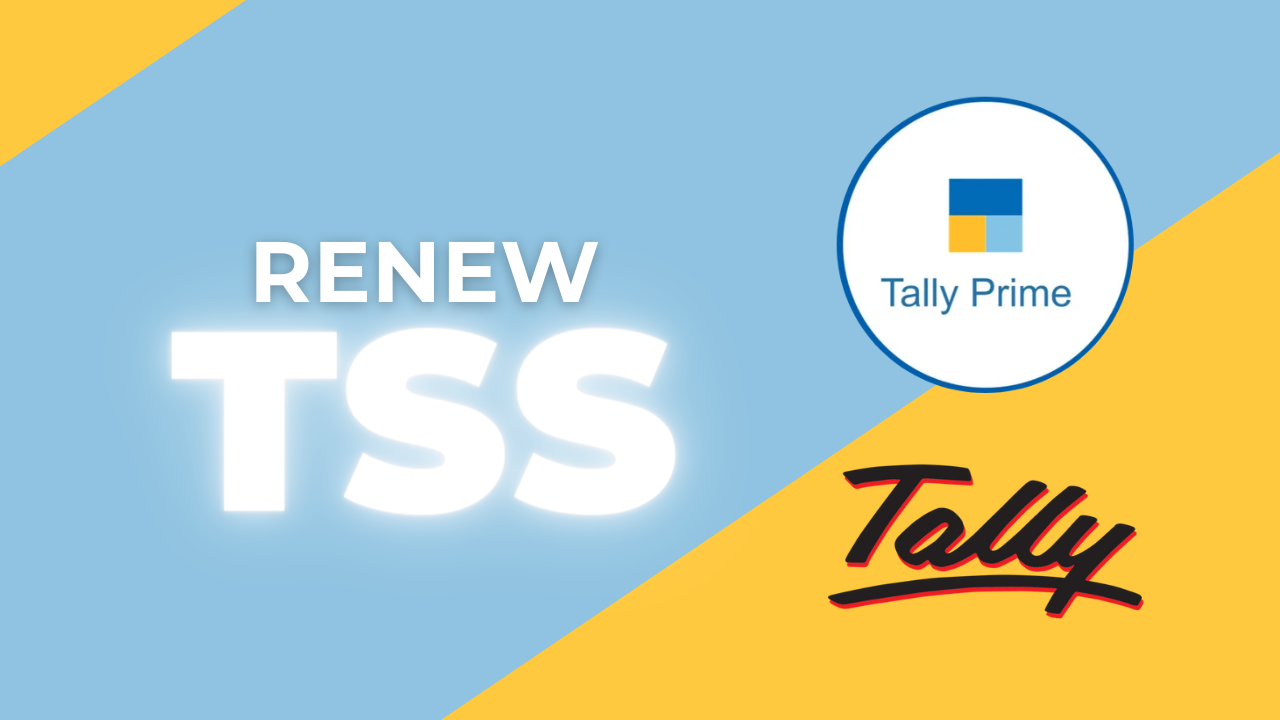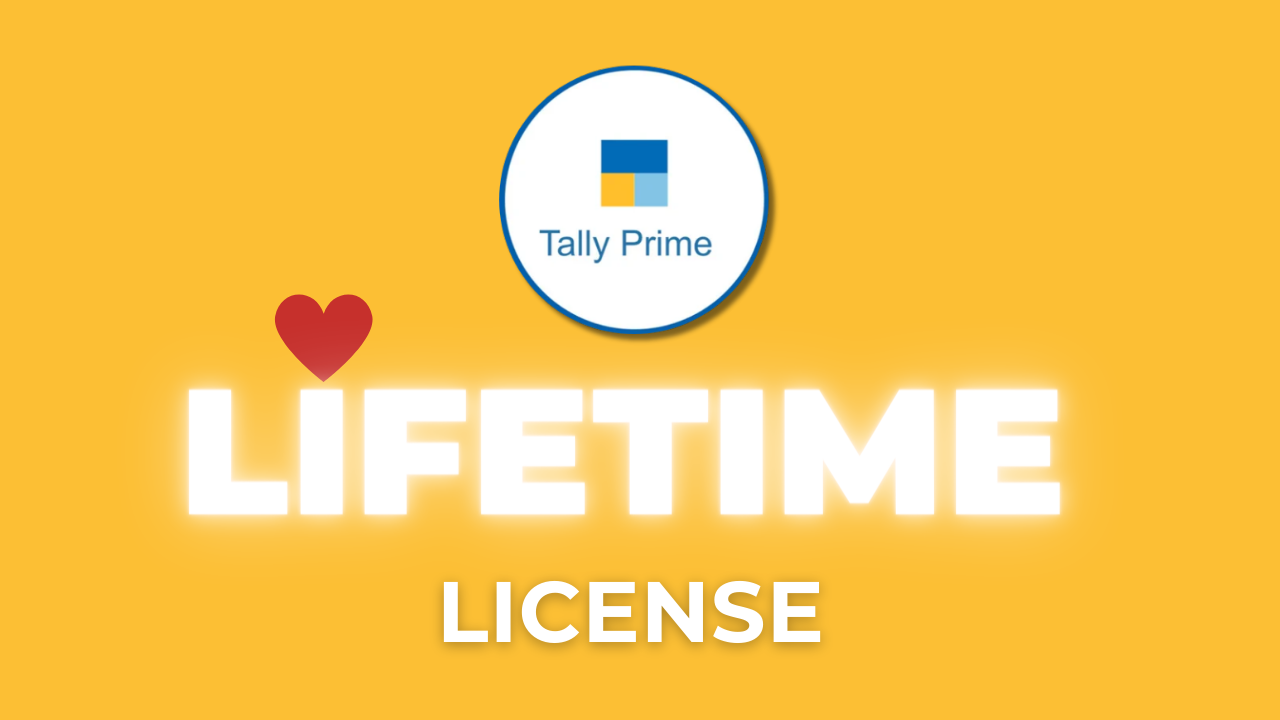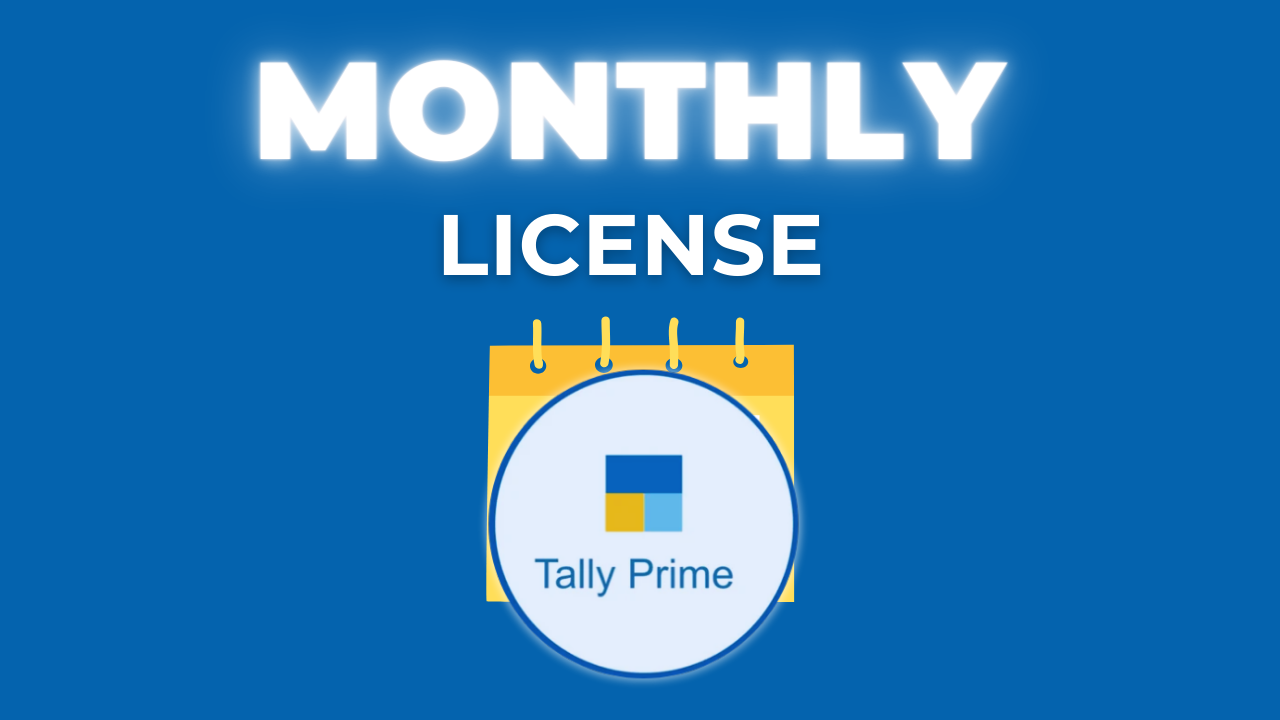These 5 Game-Changing Upcoming TallyPrime Features That Will Change Your Working Style. For decades, Tally has been the cornerstone of Indian business, an indispensable tool for accounting and compliance. But while its reputation is built on reliability and stability, the company is preparing for a monumental leap forward. The platform is undergoing a strategic shift from a trusted “system of record” to a dynamic “system of intelligence and connection.”
Game-Changing TallyPrime Features
In a recent, insightful interview, Tally’s Managing Director, Tejas Goenka, pulled back the curtain on the company’s future roadmap. This is not about minor tweaks; it’s a fundamental reimagining of what Tally can be. Powered by artificial intelligence, deep ecosystem integrations, and a relentless focus on usability, Tally is evolving into an active platform that provides intelligence, automates input, and creates a networked economy. This article breaks down the five most game-changing features from that roadmap that will forever alter how you interact with your business data.
You can buy New TallyPrime here

You’ll Soon Be Able to ‘Talk’ to Your TallyPrime Data
The days of being chained to a desk to run specific reports are numbered. Tally is introducing a conversational AI feature that will allow users to ask direct questions about their business through an app, much like using WhatsApp or a chatbot, effectively turning Tally into a business intelligence front-end. This isn’t a distant promise; Goenka revealed that the first of these AI-powered features are expected to begin rolling out within the next three to four months.
Imagine being on the road and asking your phone: “Who is my best supplier?”, “What is my most profitable item?”, or “What is the sales comparison between last month and this month?”. Tally will provide an instant, secure answer based entirely on your company’s private data. This transforms the software from a passive data repository into an active, on-the-go business assistant. As Goenka explained, the interaction will be simple and direct.
“It’s like a student asking their teacher, ‘Sir, please explain this question to me.’ In the same way, you can ask Tally, ‘Please tell me this thing,’ and Tally will tell you.”
Say Goodbye to Manual Entry: Just Scan Invoices
If conversational AI is the intelligent output of Tally’s new strategy, the next feature is its intelligent input. Tally is set to eliminate one of accounting’s most foundational pain points—manual data entry—with an AI-powered document scanning feature. Users will be able to simply scan any document, such as a supplier invoice, and Tally’s AI will automatically create the corresponding accounting entry.
Crucially, the system will display the scanned invoice side-by-side with the generated entry for quick verification. Goenka emphasized that while Tally is embracing AI, it will do so with its signature commitment to accuracy, ensuring the system is benchmarked for perfection before release, because in accounting, “a wrong answer is never an option.” This feature represents a revolutionary leap in efficiency, freeing up countless hours for accountants to focus on analysis rather than transcription.
The Ultimate Connectivity: Sending Invoices Directly from Tally to Tally – Feature of TallyPrime 7.0
Through a landmark collaboration with NPCI (the organization behind UPI), Tally is launching “Bharat Connect” to build a truly connected business network. This is a powerful ecosystem play designed to generate a significant network effect, moving beyond single-company accounting to streamline the national B2B landscape.
The core function is simple yet profound: a registered Tally user can send a sales invoice directly from their Tally instance to another registered business’s Tally. The receiving company can then have that digital invoice accepted and automatically converted into a purchase entry, pending user verification. This digital handshake eliminates re-entry, email attachments, and potential discrepancies. While the initial focus is on invoice exchange, the roadmap includes gradually simplifying the handling of related complexities like debit notes and credit notes.
Your Data Will Be Backed Up—Even If Tally Isn’t Running – Feature of TallyPrime 7.0
Data security is paramount, and Tally is introducing a powerful new capability called “Backup 2.0” to provide unprecedented peace of mind. This feature is an incremental cloud backup solution that is designed to be both completely private and fully automated.
Users can schedule the backup to run whenever they choose, ensuring their data is consistently protected. But Goenka revealed a detail that makes this feature truly game-changing—what he called a “secret” of the new system: the backup will run at its scheduled time even if the Tally application itself isn’t running. This “set it and forget it” approach ensures that business data is always safe from loss due to hardware failure or other unforeseen events, without requiring any manual intervention.
The Ultimate Proof of Confidence: Tally Runs its Own Business on Tally
A common question from users is whether the company behind the software trusts it enough for its own critical operations: “Does Tally use Tally for its own accounting?” According to the Managing Director, the answer is an unequivocal “100% yes.”
Goenka confirmed that no feature is ever released to the public until he and his entire team have used it extensively on their own live business data. This practice, known in the tech industry as “dogfooding,” is the ultimate testament to the company’s confidence in its product’s stability, accuracy, and reliability. It assures users that the software they depend on has been battle-tested in a demanding, real-world environment before it ever reaches their computers.
TallyPrime Best Settings You Need To Change Before Working
Conclusion: More Than Just Accounting
These updates are not a random collection of features; they are the pillars of a new TallyPrime Features—one that intelligently assists, automatically captures, and natively connects. The evolution from a simple accounting software into an intelligent business management platform is clear and ambitious.
TallyPrime Features like conversational AI, direct Tally-to-Tally transactions, and fully automated workflows demonstrate a forward-thinking vision that prioritizes efficiency and connectivity. TallyPrime is not just simplifying accounting; it is fundamentally changing how businesses interact with their data and with each other. As these powerful tools become available, the real question is: how will you leverage them to not just manage your business, but to transform it?





